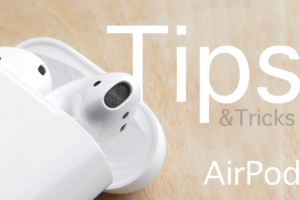There are three main areas you should consider when picking a storage device: performance, capacity and data safety.
Performance
Storage performance refers to the speed at which data transfers within a device or from one device to another.
Consider this: At top speed, a SATA 3 drive can transfer a CD’s worth of data (about 700MB) in less than a second. The actual speed of a hard drive may be slower because of mechanical limitations and overheads, but that should give you an idea of what’s possible. A hard drive’s real-world speed tends to be around one-tenth of the SATA 3 standard. SSDs, on the other hand, offer speeds much closer to the SATA 3 ceiling. Most existing internal drives and host devices (such as computers) now support SATA 3, and are backward-compatible with previous revisions of SATA.
Capacity
Capacity is the amount of data that a storage device can handle. Generally, we measure the total capacity of a drive or a storage system in gigabytes. On average, 1GB can hold about 500 iPhone photos or about 200 iTunes songs.
Data safety
The safety of your data depends on the durability of the drive on which it’s stored. And for single drives, you have to consider both the drive’s quality and how you’ll use it.
Generally, hard drives are more susceptible to shocks, vibration, heat and moisture than SSDs. Durability isn’t a big issue for a desktop since you won’t be moving your computer very often (one hopes). For a laptop, however, I’d recommend an SSD or a hard drive that’s designed to withstand falls and other sudden movement.
When it comes to portable drives, you can opt for a product that comes with layers of physical protection.
Read full article: Storage buying guide








